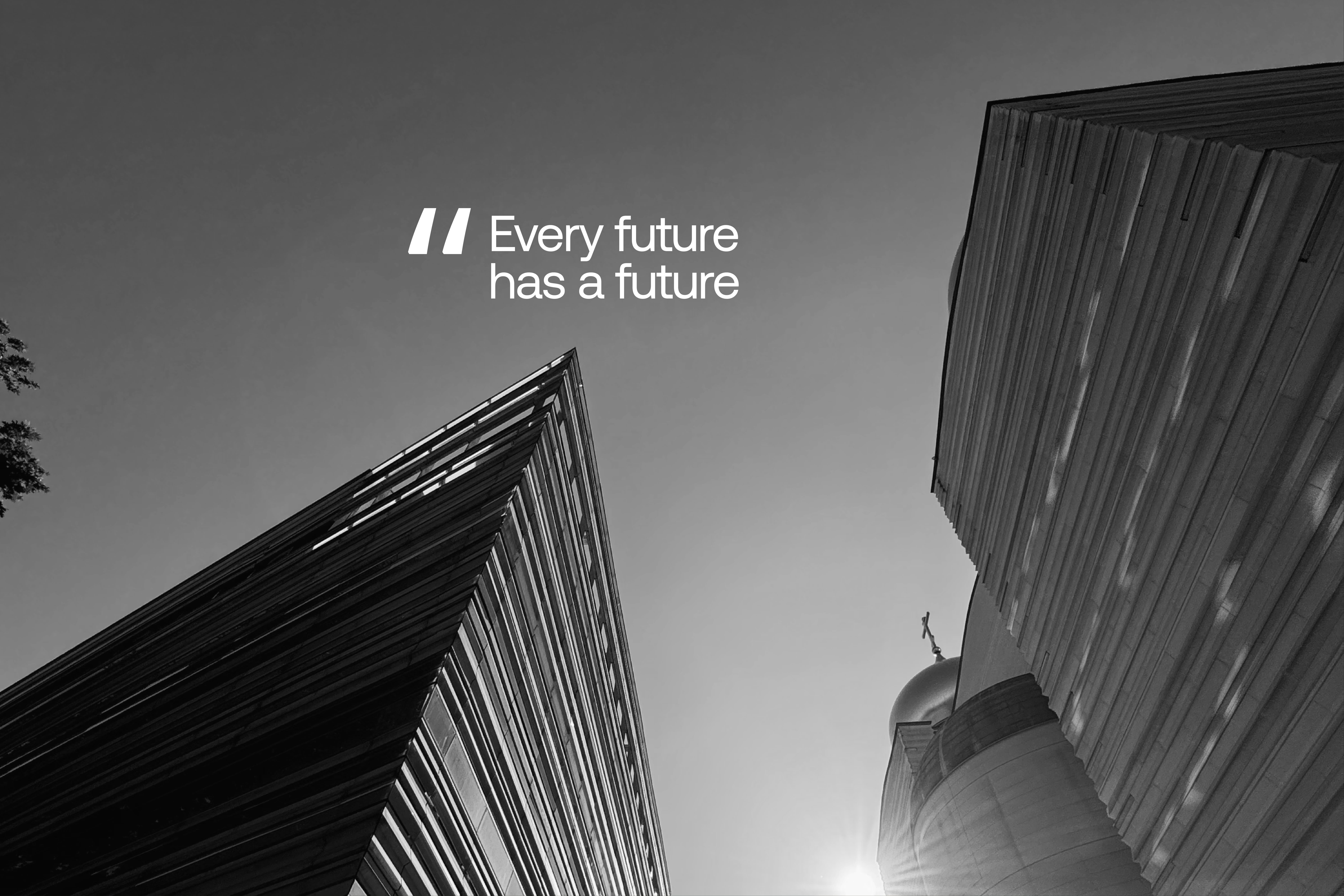Design
The Future’s Future. Rethinking Design.

As a race, we’ve all seen quickly and continue to experience the effects of the constantly evolving landscape that is human life, its needs & world dynamics, adverse or otherwise. The pace can be dizzying, and design is no exception.
Exploring the concept of design as a response, an ongoing conversation in which we’re all just invited to share, rather than a solution, positions us to welcome the idea that the future we revere today has a future in itself. We see this at play in the conversations today around responsible design, sustainability, endemic design, circularity, and more. These aren’t just buzzwords; they’re reflections of how we’re rethinking our relationship with the world, and the same applies to the everyday aspects of our lives.
Dieter Rams once said, "Good design is as little design as possible." This saying reminds us that the best designs are thoughtful responses to real needs. Nothing extra; nothing fancy; nothing more.
Quick example, mobility. Years ago, long before I existed, humanity devised diverse responses to the problem of mobility - moving people & products, from horse-drawn carriages to steam engines to cars, with each leap being a response to the limitations of the last, and each “solution” becoming obsolete at the advent of the next. The car, for instance, an unfathomably brilliant design, revolutionized how we travel, with each iteration optimizing previous concerns around speed, comfort, convenience, space. Years later, new problems like environmental pollution surfaced, and we responded with EVs. As expected, EVs aren’t perfect — they bring their own set of challenges, from battery production to energy demands.
Across the entire horizon, man will always design his own extinction-level events.
Design is never about finding a perfect, final, one-stop solution. It’s about constantly adapting and responding. Everything we do, say, create, becomes part of a bigger story, one that evolves over time. Every new design is just a step in a much longer journey, +ve/-ve.
Paul Rand says "Design can be art. Design can be aesthetics. Design is so simple, that’s why it is so complicated.".
The very spatio-temporal nature of design is one concept we’re implored to live by.
At our very best, every future has a future.
01.08.2024